Which wins—Air Max street swagger or Ultraboost cloud-like comfort—and could choosing the right pair actually make your commute feel like a victory lap?
Bold statement: Your sneakers can define both runway and treadmill success. Here’s a brisk, friendly rundown of the Nike Air Max 270 and adidas Ultraboost — what makes each iconic, who they suit, and how to choose without losing your sole (or your sanity), and still feel great all day.
Everyday Comfort
A sleek lifestyle sneaker with a bold Air heel that provides plush, noticeable cushioning for daily wear. It’s ideal for casual outfits and all-day comfort but not the top pick for serious runners or heavy training.
Responsive Run
A performance-minded shoe that doubles as a comfortable everyday runner thanks to responsive BOOST cushioning and a supportive Primeknit upper. It excels at energy return and long-wear comfort but can feel snug for feet that need extra room.
Nike AirMax
Adidas Ultraboost
Nike AirMax
Adidas Ultraboost
Nike AirMax
Adidas Ultraboost
Sneaker Showdown: Adidas Ultraboost 20 vs Nike Air Max 270 vs Puma V2 Smash
Looks, Materials, and Build: Style vs. Substance (with Style)
Overall look & colorway
The Air Max 270 (White/White/Black/White) wants attention: a chunky, sculpted heel with a giant visible Air bubble and contrasting black accents — sporty and street-ready. The Ultraboost 1.0 (all white) is cleaner and more minimalist: sleek knit silhouette that reads premium and versatile but shows every scuff.
Materials and construction
Air Max 270 uses engineered mesh forefoot, mono-mesh quarter and synthetic overlays that add structure and predictable panel seams. The oversized visible Air unit is a design-and-comfort statement. Ultraboost 1.0 uses adidas PRIMEKNIT wrapped around the foot with a translucent cage and a full Boost midsole for responsive cushioning.
Breathability, seams, glue, and outsole
Cosmetic aging, weight, and street cred
Who wins style points: Ultraboost for minimalist premium looks. Practical-resale karma: Air Max 270 — easier upkeep, more forgiving cosmetics.
Feature Comparison Chart
Comfort, Fit, and Sizing: Cozy or Claustrophobic?
Fit & sizing — Quick callouts
Nike Air Max 270 (White, size shown: 10) runs true to size for most. Roomier in the toe-box than slim knit shoes, so if you wear wide sizes you’ll be happier here; if you’re between sizes, stick with your normal size.
adidas Ultraboost 1.0 (White, size shown: 11) fits more like a sock — true to size for many, but Primeknit hugs the midfoot. If you have a high instep or very wide feet, consider a half-size up.
Cushioning, insole, and arch support
Air Max 270: giant visible Air unit at the heel gives a distinct soft heel landing but a firmer forefoot. Minimal built-in arch shaping — fine for neutral walkers who prioritize heel comfort.
Ultraboost: full-length Boost foam delivers consistent, responsive energy return under the whole foot and better distributed cushioning. Built-in Torsion midfoot support + a conforming insole help mild pronators and neutral runners.
Lockdown, tongue, and break-in
Air Max 270 uses a traditional tongue and lacing — predictable lockdown with a firm heel counter. Break-in: almost none; you’ll feel the Air immediately.
Ultraboost is sock-like (slip-on feeling) with a soft tongue area and supportive cage — it hugs but can pressure the instep until it stretches slightly over a few wears.
Practical tips
Performance & Use Cases: Run, Gym, or Brunch?
Running capability — short runs vs long runs
Nike Air Max 270: Great for short, casual jogs and neighborhood dashes thanks to that big heel Air unit that soaks impact on heel strikes. Not designed for sustained mileage—firm forefoot and less forefoot propulsion make long runs feel flat and heavy after a few miles.
adidas Ultraboost 1.0: Built for daily miles. Full-length Boost gives consistent energy return and makes short and moderate long runs comfortable. With the Torsion support, it’s better for longer efforts than the Air Max, though it’s not a race-flat if you want speedwork precision.
Gym & cross-training suitability
Ultraboost: Responsive and stable enough for light to moderate gym sessions, machines, and dynamic movement. The stretchy upper can feel less locked-down for heavy lateral work.Air Max 270: Stylish for gym-to-street, fine for weightlifting and cardio machines, but the big heel and firmer forefoot reduce agility and speed on plyometrics.
Walking and daily wear
Ultraboost wins for all-day walking comfort—springy, evenly cushioned. Air Max 270 offers a plush heel feel and a casual, break-in-free comfort that looks great for outings and standing shifts.
Traction, outsole wear, treadmill vs road, and wet grip
Quick pick per user
Price, Value, Care, and Longevity: Will They Last (and Stay Clean)?
Amazon pricing & resale value
Both sit around the $168–$170 mark on Amazon. Sales are common: seasonal clearances and colorway drops often shave 20–40% off either model. Ultraboost 1.0 tends to see deeper discounts when newer Boost models arrive; Air Max 270 gets frequent style-driven markdowns. Resale: neither is a guaranteed investment—special or OG colorways can resell well, but most standard white pairs have modest resale value.
Maintenance: cleaning white uppers
Durability, warranty, and lifespan
Amazon typically offers 30-day return windows and the A-to-z Guarantee for third-party sellers; manufacturer warranties are limited (check Nike/adidas support for defects). Expected lifespan under normal daily wear:
Cost-per-wear & buying advice
Example math: $170 / 200 wears = $0.85 per wear; / 500 wears = $0.34 per wear.
Final Verdict: Which One Wins Your Foot’s Heart?
Adidas Ultraboost takes the crown for overall comfort and runner performance, while the Nike Air Max 270 wins on street-ready style and lightweight city wear.
Best overall: Adidas Ultraboost. Best for runners: Adidas Ultraboost. Best for casual/streetwear: Nike Air Max 270. Best value: Nike Air Max 270 (style at a lower price). Quick-buy: Choose Ultraboost for unmatched comfort, pick Air Max 270 for trendier looks and savings. Ready to step into either pair? Either way, your feet win — don’t overthink it, order one and test them on a short city walk today.





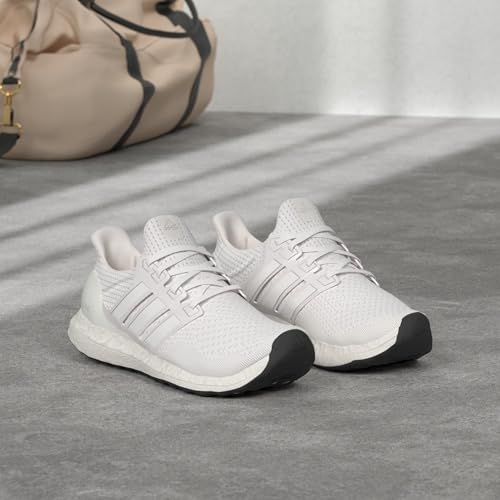

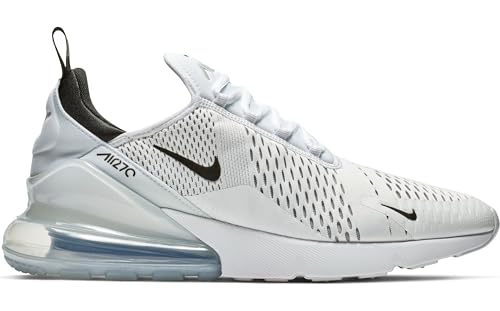
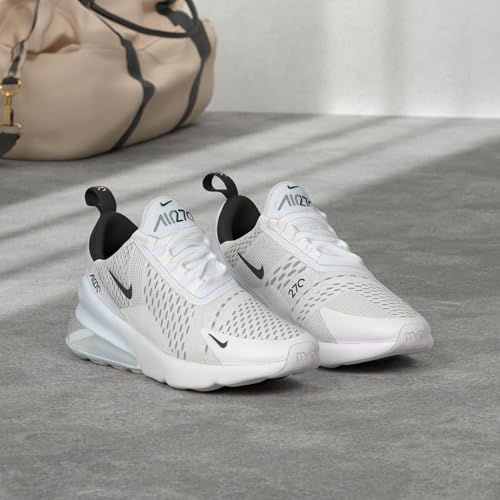



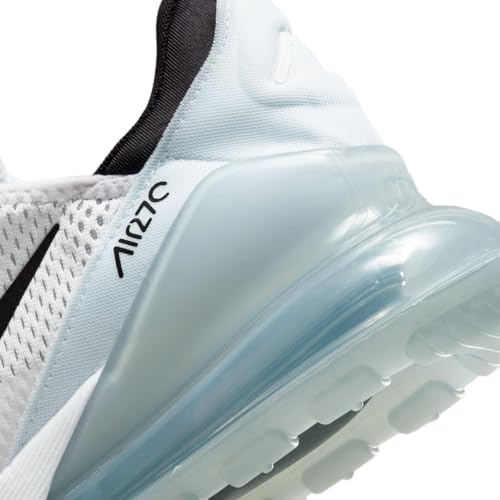

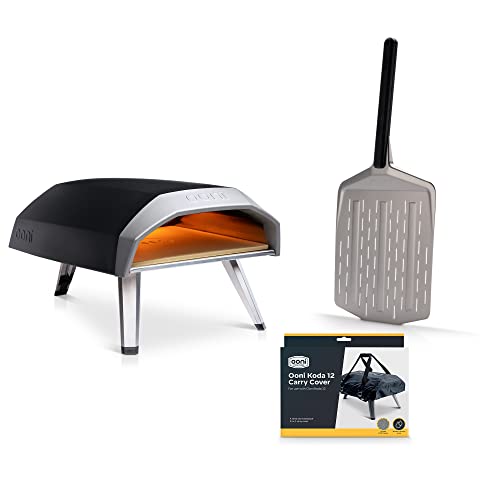


Low-key prefer Ultraboost for travel. Long airport walks + cushy ride = saved feet.
Also white-on-white is gorgeous but omg keeps getting dirty lol.
One downside: Ultraboost can feel squishy on hard, short sprints — not ideal for agility drills.
Bring wipes and a small brush 😂 I clean mine every couple weeks.
Ha, white shoes and travel — the eternal struggle. Good call on the short-sprint feel; 270 might feel more planted in those moments.
Not gonna lie, I bought both because I couldn’t decide. No regrets.
Wore the Ultraboost for travel and the 270 for brunch dates. Both have their moments.
If budget allows, having both covers every scenario. 🤷♀️
Ambassador of ‘buy both’ club here too.
That’s the best consumer move sometimes — buy both and decide by use case.
Same. Shoe closet is louder but happier.
I bought the 270 in white/black and it’s surprisingly versatile. My only gripe is the heel padding — feels stiff at first.
After a few wears it broke in though.
If you’re patient, 270 grows on you.
Stiffness is why I wear thicker socks the first few days. Works wonders.
Thanks for sharing the break-in experience, Maya. Stiff heel pads are common with Air Max models initially.
Same here — maybe the bubble makes it firm. Mine got comfier after a week of daily wear.
Fashion note: people always compliment the 270. It’s like wearing ‘look at my bubble’. 😆
If you want street cred, go 270. If you want ‘I walked 10 miles today’ cred, go Ultraboost.
I prefer compliments and comfy feet, so Ultraboost checks both for me.
LOL that’s accurate. I buy shoes for both looks and comfort, hard balance.
Street cred point accepted — 270 definitely has those sneakerhead vibes.
Haha — ‘look at my bubble’ is a great line. Style vs function in one sentence.
Been rocking Ultraboosts for a while — the boost foam is like walking on a marshmallow.
If you’re all about long walks or standing at work, I’d pick Ultraboost every time.
That said, the Air Max 270 looks cleaner for casual fits and that giant air bubble is pretty satisfying to stare at lol.
Sizing tip: go true to size for Ultraboost, some say half up for Air Max 270. YMMV.
Anyone else feel the Ultraboost’s knit stretches a bit after a few months? Mine loosened up but still comfy.
Thanks for the detailed take, Liam — good point on the comfort/stand-all-day use. We also noticed the 270 tends to be chunkier in profile, so it’s more of a fashion statement for many.
Totally agree on the marshmallow vibe 😂 I found Ultraboost hugs my foot better for running light miles.
Minor nitpick: The 270’s air unit can pick up grit and look dusty in the crevices. Not a dealbreaker but a tiny annoyance when you’re into spotless sneakers.
Other than that, both are solid — just different philosophies (air vs foam).
I use compressed air (lol) or a toothpick gently to clear debris from the air bubble area.
Good observation, Daniel. Those crevices can trap dirt; a small brush helps clean them out.
I like both, but for daily errands and gym sessions I lean Air Max 270.
It’s lighter-looking and pairs with more outfits IMO.
Also, the 270’s heel is more stable for quick lateral moves in the gym.
Not saying Ultraboost is bad — just different priorities.
Good point, Olivia — the Air Max 270 does have a bit more structure for casual multi-use. Appreciate the gym perspective.
Interesting — I thought Ultraboost had better responsiveness for gym runs? Maybe depends on the workout.
Price vs value: sometimes Ultraboost runs go on sale heavily which makes them a no-brainer.
But new Air Max 270 colorways also drop for less and look premium.
If price sensitive, watch sales and pick whichever’s cheaper for your needs.
Smart — sales can swing the decision fast. We try to link current deals when possible.
Pro tip: sign up for retailer emails. Both brands often announce flash sales that make the choice easy.
I own both. Quick comparisons:
– Comfort: Ultraboost wins for long runs/walks
– Style: 270 wins for streetwear looks
– Breathability: Ultraboost knit breathes more
– Durability: tough call, I’ve had the 270 outsole last longer
Ultimately, pick based on use case, not brand hype.
Agree. Also depends on foot shape — I have a narrow foot and Ultraboost fits me like a glove.
Durability note appreciated — I wore out a pair of Boost midsoles faster than expected, so good to know the 270 outsole held up for you.
Great side-by-side, Noah. Use-case based decisions are usually the best approach here.
This is the kind of comparison I wanted in the article — thanks! Any thoughts on arch support?
Arch support is minimal on both unless you add insoles. I use orthotics and both accommodate them.
Small feet probs: I found Ultraboost slightly roomy in the heel and the 270 a bit narrow in the toe box.
If you have wide feet, consider sizing up or trying the wide versions. Don’t rely only on online pics.
Also: cleaning tips? White shoes + rain = combo from hell.
Thank you — foot shape nuances matter a lot. For cleaning, a soft brush + mild detergent usually helps; avoid machine washing.
I’ve used a magic eraser on scuffs and it works wonders on the midsole.
Serious runner here: Ultraboost 1.0 is comfy but it’s not a dedicated performance racing shoe.
Boost provides cushioning but lacks the snappy return of modern carbon-plated racers.
So if you’re training for a fast race, look elsewhere. For casual runs? Ultraboost is lovely.
For someone new to running, Ultraboost is a great starter shoe — minimal risk of blisters and very forgiving.
Appreciate the clarity. I do casual runs and triathlons, so choosing shoes is always a pain.
Totally — for tempo and speed work I’d use something lighter with firmer foam.
I ran a half in Ultraboost and it was fine, but I didn’t PR either. Comfort > speed for me.